Africa!
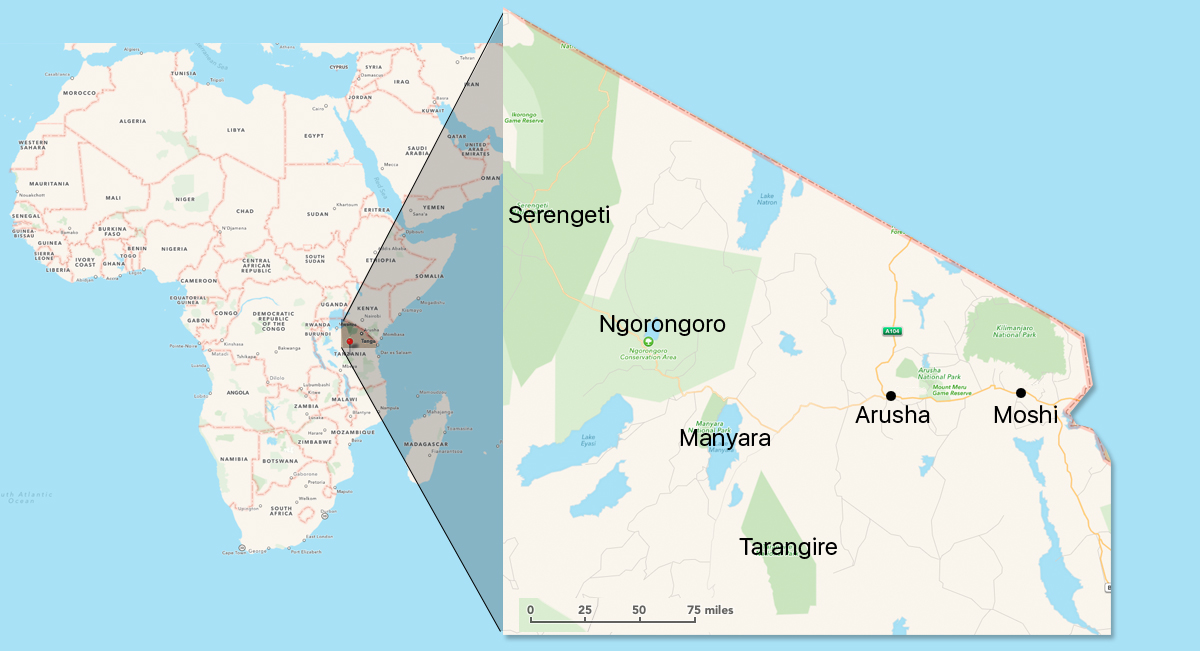
We arrived in Moshi in the early evening, our driver Muhammed outside, holding a sign with our names on it. We drove to Arusha in silence, enjoying strange sights until darkness fell.
At the African Tulip in Arusha we dumped our bags in a gloriously air-conditioned room, discovered Serengeti beer downstairs during a quick late dinner, savored a glorious shower back upstairs, then slept.
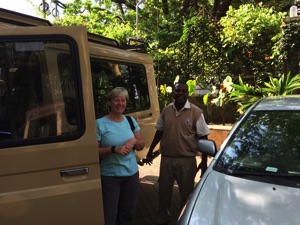 After an early buffet breakfast the next morning we met Tesha, our safari guide and driver, whose sense of humor was immediately apparent when he led us to a small SUV and said "here's our vehicle", then laughed at our expression and led us to the much larger Land Rover we had been expecting. And he teased one of the hotel porters, named God Love (we met others with similarly intriguing names), by twisting his name:
After an early buffet breakfast the next morning we met Tesha, our safari guide and driver, whose sense of humor was immediately apparent when he led us to a small SUV and said "here's our vehicle", then laughed at our expression and led us to the much larger Land Rover we had been expecting. And he teased one of the hotel porters, named God Love (we met others with similarly intriguing names), by twisting his name:
[IN SWAHALI ACCENTS]
Tesha: "Good morning, Good Luck."
Porter, indignantly: "God Love!"
Tesha: "That's what I said: Gold Dove."
Porter: "God Love!"
Tesha laughed after we emerged from an orientation with a woman from the tour company, saying said, "she's been in the office too long, they don't know what it's like. Don't worry, Tesha will take care of you." And he did. Throughout the week we spent together in that Land Rover, Tesha impressed us with his familiarity with the local flora and fauna, citing genus and species whenever we'd inquire; his knowledge of local geography, frequently veering from the main roads onto narrow tracks to point out something interesting; and his patient and polite tolerance of our enthusiastic gushing at animals he's known all his life.
We drove through Arusha, this time in strong daylight, everyone out on the streets, five lanes of traffic on two lanes of road, motorized scooters darting between pickups jammed with standing passengers, buses built for ten carrying many times that number with riders hanging from both sides and rear, motorcycle taxis recognizable by yellow number plates carrying women passengers riding side-saddle, donkeys in harness pulling slower carts packed with large bags of charcoal and even larger plastic water barrels, women in colorful hajib walking hands on hips with improbably large bundles balanced on their heads, men in small groups idling in front of worn storefronts papered with soft-drink banners, women in small groups sitting roadside selling bright fruits and vegetables arrayed on brilliant blankets, small children and lean dogs making their way unaccompanied through the bustling morning of crowds and cars.
Leaving Arusha we headed southwest through grasslands, Masai territory, tiny villages ringed by nettled acacia, livestock grazing or ambling somewhere, a lone Masai always nearby, thin, blanketed in red or blue, bold against the green grass, standing with a tall stick held upright or walking with the stick behind his neck and across his shoulders, held there beneath draped arms.
The Masai arrived in the 1800s and still move seasonally between villages in the highlands and lowlands. Our guide Tesha's jokes—in Tanzania, how many people does it take to change a lightbulb? Two: one to change the bulb and one Masai—hinted at a local tension we didn't completely understand, but, given that there really did seem to be a Masai attached to most posts and activities, the Masai may be politically and culturally entrenched in ways that are causing the modern Tanzania growing pains, a nomadic people with influence perhaps occupying an outsized amount of land.
Tarangire National Park
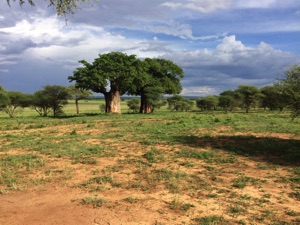 After many miles we turned south off the main road onto a much smaller dirt road that eventually brought us to Tarangire National Park. Here were the glorious baobob trees, which Tesha said were called "upside-down trees" in Swahili, prone to hollowing by lightning and the elements, so enormous that poachers have cached felled elephants there within the tree's hollow and locals still refer to them by another name, "poacher trees".
After many miles we turned south off the main road onto a much smaller dirt road that eventually brought us to Tarangire National Park. Here were the glorious baobob trees, which Tesha said were called "upside-down trees" in Swahili, prone to hollowing by lightning and the elements, so enormous that poachers have cached felled elephants there within the tree's hollow and locals still refer to them by another name, "poacher trees".
The baobob is magnificent in the way the sequoia is magnificent, a presence felt as well as seen, a sense of time, even wisdom, and all the more spectacular against the low grasses and stark light. You want to walk to them and linger in their shadow. But you can't—there are elephants there.
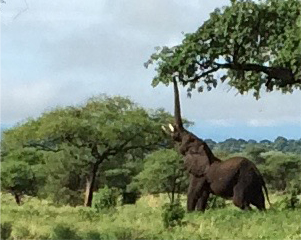 We saw, very shortly after entering the park, a small family of elephants, our first, the four so motionless in the shadow of a baobob we didn't notice them at first. We saw many other elephants beneath similar trees, sometimes quiet, sometimes stretching trunks high to tug leaves from branches. We saw many other animals, all beautiful, but none captivated like the elephants, and there were many, many elephants in Tarangire.
We saw, very shortly after entering the park, a small family of elephants, our first, the four so motionless in the shadow of a baobob we didn't notice them at first. We saw many other elephants beneath similar trees, sometimes quiet, sometimes stretching trunks high to tug leaves from branches. We saw many other animals, all beautiful, but none captivated like the elephants, and there were many, many elephants in Tarangire.
We were driving along a dusty road when we came upon a deep stretch of grass with movement barely visible at the far edge. Binoculars revealed scores of elephants and driving just a bit further our view expanded until we saw a vast field several miles square, trees and taller grasses making it difficult to see entirely clearly, but at rough count five hundred elephants, maybe more, hundreds of families moving slowly, gracefully across the plain. Interspersed among them warthogs, ostrich, and gazelle, the entire field in motion. Beautiful.
Further on down the road we sighted twenty or so elephants on the right side of the road and slightly below us. "There's a river down there," Tesha told us. "They've just been cooling themselves." As we were watching them, another jeep pulled up, stopped just long enough to take a photograph, then took off again. As they drove away, Tesha scoffed and said, let's just wait and watch.
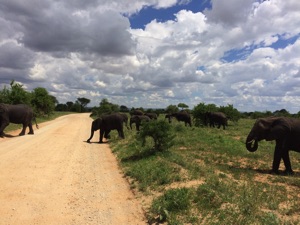 Twenty minutes passed, maybe thirty, the elephants continuing to slowly move our way, then one by one they crossed the road right in front of us, a jeep's length away. This was the closest we had been yet. They moved slowly in rough single-file, covered in mud from the river, very dark, scarred from past tussles, quiet save for soft huffs and grunts.
Twenty minutes passed, maybe thirty, the elephants continuing to slowly move our way, then one by one they crossed the road right in front of us, a jeep's length away. This was the closest we had been yet. They moved slowly in rough single-file, covered in mud from the river, very dark, scarred from past tussles, quiet save for soft huffs and grunts.
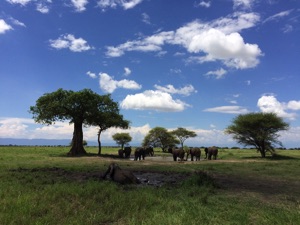 Most of them headed towards a watering hole a hundred feet away on the other side of the road, but one younger elephant moved towards a mud hole much closer to our position. We watched as he stepped into the mud and eventually dropped down on two knees then plopped onto his side, wriggling with sounds of obvious delight as the others splashed and played behind him in the watering hole.
Most of them headed towards a watering hole a hundred feet away on the other side of the road, but one younger elephant moved towards a mud hole much closer to our position. We watched as he stepped into the mud and eventually dropped down on two knees then plopped onto his side, wriggling with sounds of obvious delight as the others splashed and played behind him in the watering hole.
Around the watering hole small cat-sized velvet monkeys moved constantly between the few trees, running up a tree, jumping from branch to branch, then back down again to another tree. Perhaps they were just excited to have guests.
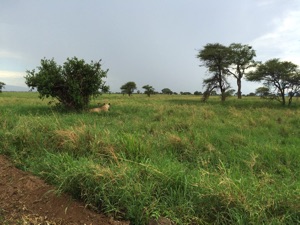 It was raining later when we saw a lioness sheltering beneath a small tree. Coming closer we saw she had three cubs with her, their heads popping into view above the tall grasses as they played with their mom's tail. We parked and watched.
It was raining later when we saw a lioness sheltering beneath a small tree. Coming closer we saw she had three cubs with her, their heads popping into view above the tall grasses as they played with their mom's tail. We parked and watched.
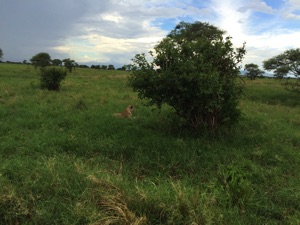 The mother would watch as the cubs wandered away into the grass, then eventually call them back with a peculiar sound, a tone that started high then fell quickly, so quiet you wouldn't hear it above a running motor. A moment later the grasses would rustle in the distance to reveal the cubs heading back.
The mother would watch as the cubs wandered away into the grass, then eventually call them back with a peculiar sound, a tone that started high then fell quickly, so quiet you wouldn't hear it above a running motor. A moment later the grasses would rustle in the distance to reveal the cubs heading back.
This happened several times. Tesha explained that lions use that sound to communicate with each other, unlike the better-known roar they use to communicate aggressively to other animals. "Sometimes it's louder," he said.
We loved how calm the animals were in the wild, how relaxed and seemingly content, playful even. Just as with the elephants, these lions seemed perfectly at ease in a way that those in zoos never do. Where animals in zoos are so often listless or move repetitively with what seem like nervous tics, these animals simply were, their sense of family obvious and profound.
_t.jpg) While on safari you can choose to spend the night in an actual hotel, a hotel-like lodge where the rooms are either permanent tents or simple structures, or a simpler camp composed of tents alone. The nicer the place, the further from the action, so for this first night we hedged our bet and opted for Tarangire Safari Lodge, which turned out to be quite nice. Our tent even included a thatched porch with chairs and came with an enormous spider beneath one of our bags and another giant bug hiding in the shower curtain folds.
While on safari you can choose to spend the night in an actual hotel, a hotel-like lodge where the rooms are either permanent tents or simple structures, or a simpler camp composed of tents alone. The nicer the place, the further from the action, so for this first night we hedged our bet and opted for Tarangire Safari Lodge, which turned out to be quite nice. Our tent even included a thatched porch with chairs and came with an enormous spider beneath one of our bags and another giant bug hiding in the shower curtain folds.
The lodge was civilized, but the area was not, so once the sun set you needed to call someone to escort you around. We were escorted to dinner by a quiet Masai, tall stick in hand, now close enough to let us appreciate its usefulness as a weapon. He confirmed that, "yes, lions and all kinds of animals come through here". You hear that, and you can't help but scan the area, constantly wondering, what's out there?
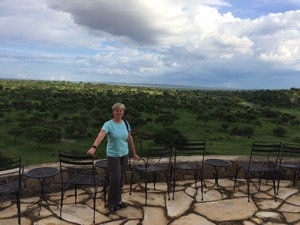 Dinner was a simple buffet in a round dining room, the windows covered with mosquito netting. But best was the view before dinner, on a balcony overlooking a large area below, where we enjoyed gin-and-tonics by candle-light and watched the light fade on a spectacular view, and a great first day.
Dinner was a simple buffet in a round dining room, the windows covered with mosquito netting. But best was the view before dinner, on a balcony overlooking a large area below, where we enjoyed gin-and-tonics by candle-light and watched the light fade on a spectacular view, and a great first day.
That night it rained. We hadn't been in tropical rain since Martinique decades earlier and were surprised by its power, more like standing under a waterfall than standing in rain.
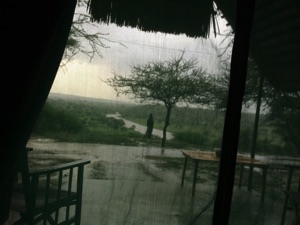 The next morning we looked out from our tent to see the river swollen, rivulets everywhere, the rain still falling but much lighter now. Tesha was yawning and grumpy when we met him after breakfast because he had slept beneath an aluminum roof. "Boom-boom-boom-boom-boom!" he said, "it never stopped!"
The next morning we looked out from our tent to see the river swollen, rivulets everywhere, the rain still falling but much lighter now. Tesha was yawning and grumpy when we met him after breakfast because he had slept beneath an aluminum roof. "Boom-boom-boom-boom-boom!" he said, "it never stopped!"
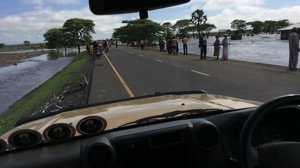 We saw later that the rain had been unusually heavy and saw Masai standing in waters shin-deep beside flooded villages. Traffic was stopped at one place where a bus teetered, pushed to the road's edge by sudden floodwaters.
We saw later that the rain had been unusually heavy and saw Masai standing in waters shin-deep beside flooded villages. Traffic was stopped at one place where a bus teetered, pushed to the road's edge by sudden floodwaters.
But before we saw all that, we enjoyed the morning making our way out of Tarangire. The rain had cooled things considerably, and with few bugs in the air the drive was particularly fine. With the Land Rover's roof raised on scissor-like hinges, we stood upright inside, our forearms resting on the top edge of the vehicle, as Tesha drove across the forested plains. Standing upright while underway was permitted within the parks, and it was a real pleasure and thrill to feel the cool air on your face as you looked all around for wildlife.
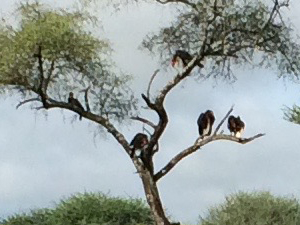 You see many vultures, some circling in the air, but more commonly perched in trees in small groups, the abundant game making things easier for scavangers of all kinds—just wait around and something will turn up right in front of you. A paradise for scavengers as well as us.
You see many vultures, some circling in the air, but more commonly perched in trees in small groups, the abundant game making things easier for scavangers of all kinds—just wait around and something will turn up right in front of you. A paradise for scavengers as well as us.
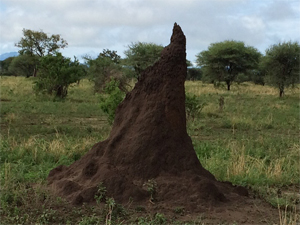 We passed huge termine mounds towering six feet or more throughout the country, sometimes in great numbers only 30 feet apart. They're beautifully sculpted, often with a futuristic look reminiscent of a high-tech design by Gaudi. We didn't see any termites though, even with binoculars, because we had to stay in the vehicle.
We passed huge termine mounds towering six feet or more throughout the country, sometimes in great numbers only 30 feet apart. They're beautifully sculpted, often with a futuristic look reminiscent of a high-tech design by Gaudi. We didn't see any termites though, even with binoculars, because we had to stay in the vehicle.
We finally exited the park and drove back along the small road through the Masai villages, where, children crouched beside makeshift speed bumps made from loose stones. As you slowed to pass they sprang up, holding their hands out, begging for money. We saw this everywhere we went, one group even dressed for the tourists in traditional Masai garb and facepaint, hopping high in unison, their faces disconcertingly expressionless, elbows locked straight with hands out. Tesha advised us to give them only biodegradeble food. He said that some people give them bottles of water, which the Masai dumped carelessly on the ground once emptied. "I give them apples or something like that, but nothing else."
Once on the main road, we headed north at speed, leaving the wooded wonderland behind for a wet tropical forest.
Lake Manyara National Park
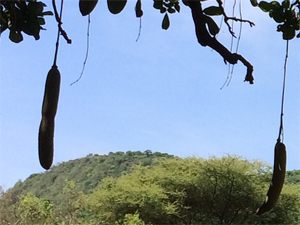 Entering Manyara, we saw what looked like two-foot sausages hanging from trees, singly and in large clumps. "Sausage trees," Tesha told us. "Kigelia africana. Those are the fruit. We don't eat them, but the baboons do." John only half-listened, distracted by his deep thoughts: mmmm, sausage trees—if only they were real!
Entering Manyara, we saw what looked like two-foot sausages hanging from trees, singly and in large clumps. "Sausage trees," Tesha told us. "Kigelia africana. Those are the fruit. We don't eat them, but the baboons do." John only half-listened, distracted by his deep thoughts: mmmm, sausage trees—if only they were real!
One of the delights during safari was never knowing what you'd see. You drive along looking near, looking far, peering into trees, behind trees, atop tree, looking for camouflaging colors, looking for contrasting colors, looking for distinctive outlines, your senses on alert, scanning vigorously because you've never done this and have no idea what's possible. Unlike the dry and sparsely forested plains of Tarangire, where you scanned horizontally and deeply in all directions, Manyara's dense tropical vegetation caused you to scan more vertically and shallowly, looking ahead on the narrow road cut into the forest, or peering focusedly into the thick green on either side—hey, a blue monkey up in that tree overhead!—baboons down in that ravine!.
_t.jpg) Then you enter a clearing and, right there, munching away beside the road, two lovely elephants appear, as unperturbed by your arrival as they would be by your departure, just enjoying a quiet meal in the small bit of the great park that you just happened upon, the randomness of it making you wonder, what's over there, and there?
Then you enter a clearing and, right there, munching away beside the road, two lovely elephants appear, as unperturbed by your arrival as they would be by your departure, just enjoying a quiet meal in the small bit of the great park that you just happened upon, the randomness of it making you wonder, what's over there, and there?
_t.jpg) We climbed a road out of the tropical forest to lunch high up on a ridge in a picnic area with tables and other travelers. We ate mostly box lunches prepared by wherever we had stayed the previous night: banana, apple, sandwich, nuts, candy bar, wrapped cake, fruit juice, and bottled water. The boxes were far too large and the heat of the drive tempered our appetites, so Tesha sometimes stored away some of the untouched items to give to his wife and three children at week's end.
We climbed a road out of the tropical forest to lunch high up on a ridge in a picnic area with tables and other travelers. We ate mostly box lunches prepared by wherever we had stayed the previous night: banana, apple, sandwich, nuts, candy bar, wrapped cake, fruit juice, and bottled water. The boxes were far too large and the heat of the drive tempered our appetites, so Tesha sometimes stored away some of the untouched items to give to his wife and three children at week's end.
But we always drank the bottled water. Throughout our stay in Africa we only drank (and brushed with) bottled water, along with copious Serengeti beer and gin-and-tonics, of course. If ice was available in the evenings—and it always was, even in the field camps—we'd confirm it was made with distilled water. It must have helped, because we didn't feel ill at all the entire trip.
While we were eating lunch that day, Tesha was constantly shooing away the velvet monkeys, saying they were fearless about absconding with your food when you looked away for even a minute and, more importantly, carried various diseases. We'd take a bite of our sandwich and watch the monkeys at the foot of a nearby tree, seemingly playing and tumbling in good fun, but managing to tumble ever closer to our food. Suddenly Tesha would jump up from the picnic table, waving his arms and making noises as he rushed at them, and they'd retreat with loud chatter.
 We saw many baboons in Manyara, many hundreds, usually in large groups of 20 or more, resting in rocky river beds or moving single-file through the forest. At one point we stopped to watch a line of them cross the road in front of us, and, whether it was because they have an aversion to getting wet we didn't know, but each of them hopped fastidiousnessly over a puddle in the road.
We saw many baboons in Manyara, many hundreds, usually in large groups of 20 or more, resting in rocky river beds or moving single-file through the forest. At one point we stopped to watch a line of them cross the road in front of us, and, whether it was because they have an aversion to getting wet we didn't know, but each of them hopped fastidiousnessly over a puddle in the road.
We also visited the hippo pool, where we saw twenty or so hippos floating motionless. Even after braving the road to get there, which was hidden beneath the floodwaters, discernable mostly by the reeds poking above the water at the road's edge, the hippos were a hundred yards away, but they were a sight nevertheless.
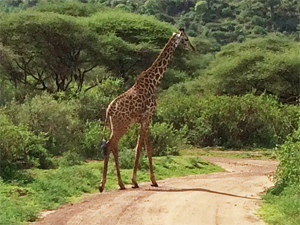 You'd think giraffes would be among the easier animals to see, but they're surprisingly well camouflaged, not only by their markings but by their slender height as well. We saw them throughout the week, usually alone or in small groups of two or three. In Manyara, we were driving along when one entered the road right in front of us and started walking down the road.
You'd think giraffes would be among the easier animals to see, but they're surprisingly well camouflaged, not only by their markings but by their slender height as well. We saw them throughout the week, usually alone or in small groups of two or three. In Manyara, we were driving along when one entered the road right in front of us and started walking down the road.
_t.jpg) We spent that second night at the Acadia Farm Lodge, where the entire staff stood side-by-side, swinging their shoulders and clapping while singing a song to greet us as we arrived. The hotel manager loved to joke, informing us with a grave face that we'd have to walk 1.6 kilometers to our room, the joke being that ours was the furthest from the lodge and a brief walk away.
We spent that second night at the Acadia Farm Lodge, where the entire staff stood side-by-side, swinging their shoulders and clapping while singing a song to greet us as we arrived. The hotel manager loved to joke, informing us with a grave face that we'd have to walk 1.6 kilometers to our room, the joke being that ours was the furthest from the lodge and a brief walk away.
The Drive North
_t.jpg) While traveling from Manyara to Serengeti we stopped at Olduvai Gorge, where the Mary and Louis Leakey found the remains of early hominids. In a small museum we examined the plaster casts of the footprints they found that led to their further discoveries and read about their efforts to preserve the historical record. Afterwards, while eating lunch, we listened to a guide, his back to the actual gorge behind him, deliver a 5 minutes lecture in 20 minutes with a delivery so painfully slow we were able to enjoy bites of our sandwiches between his syllables.
While traveling from Manyara to Serengeti we stopped at Olduvai Gorge, where the Mary and Louis Leakey found the remains of early hominids. In a small museum we examined the plaster casts of the footprints they found that led to their further discoveries and read about their efforts to preserve the historical record. Afterwards, while eating lunch, we listened to a guide, his back to the actual gorge behind him, deliver a 5 minutes lecture in 20 minutes with a delivery so painfully slow we were able to enjoy bites of our sandwiches between his syllables.
_t.jpg) To get to Serengeti from Manyara you have to pass through Ngorongoro and drive along the 7000' rim of the Ngorongoro crater, created by a volcanic eruption long ago and full of animals, including elephants, rhinos, lions, African Cape buffalo, and many others. We stopped at the entrace gate and had a surprisingly nice cup of coffee.
To get to Serengeti from Manyara you have to pass through Ngorongoro and drive along the 7000' rim of the Ngorongoro crater, created by a volcanic eruption long ago and full of animals, including elephants, rhinos, lions, African Cape buffalo, and many others. We stopped at the entrace gate and had a surprisingly nice cup of coffee.
_t.jpg) We would be visiting the crater on the way back in a few days, so for now we simply drove along and admired the view. The crater is 10 square miles. As we watched, clouds crossed the sky and cast great moving shadows over the distant sights. It was fun from that height to spot herds and even individual elephants moving around below.
We would be visiting the crater on the way back in a few days, so for now we simply drove along and admired the view. The crater is 10 square miles. As we watched, clouds crossed the sky and cast great moving shadows over the distant sights. It was fun from that height to spot herds and even individual elephants moving around below.
_t.jpg) While stopped at an entrance gate, John snuck this photo of Masai filling water vessels from a well. We were cautioned against taking photographs of people in general and of the Masai in particular, but an opportunity presented itself. Throughout the areas we traveled through we saw people toting large water vessels, sometimes huge barrels on carts.
While stopped at an entrance gate, John snuck this photo of Masai filling water vessels from a well. We were cautioned against taking photographs of people in general and of the Masai in particular, but an opportunity presented itself. Throughout the areas we traveled through we saw people toting large water vessels, sometimes huge barrels on carts.
Oldupai Gorge
Serengeti National Park
_t.jpg)
_t.jpg)
_t.jpg)
_t.jpg)
_t.jpg)
_t.jpg)
_t.jpg)
_t.jpg)
_t.jpg)
_t.jpg)
_t.jpg)
_t.jpg)
_t.jpg)
_t.jpg)
_t.jpg)
_t.jpg)
_t.jpg)
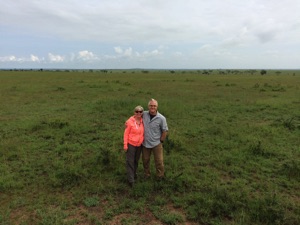
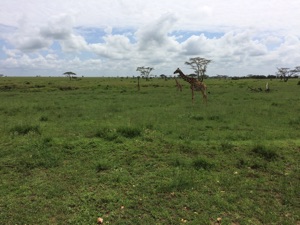
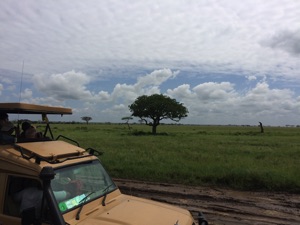
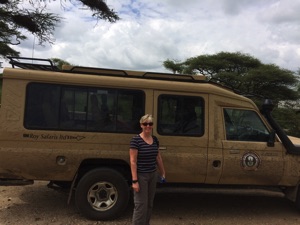
| |
Serengeti CampDescription here
|
_t.jpg)
_t.jpg)
_t.jpg)
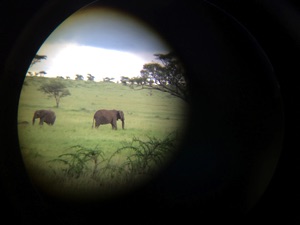
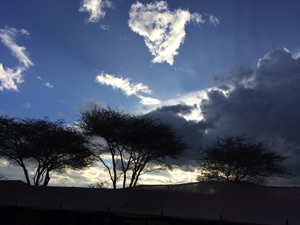
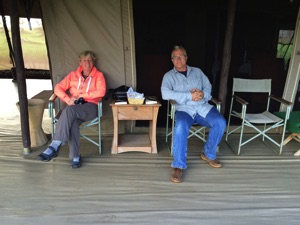
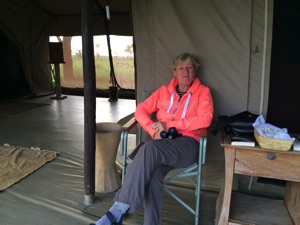
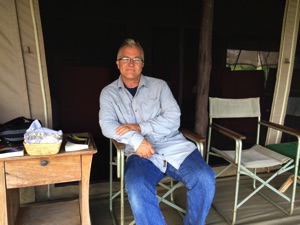
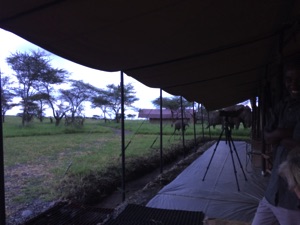
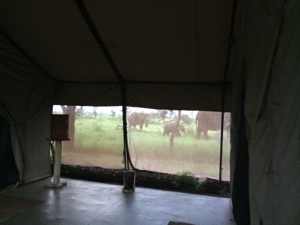
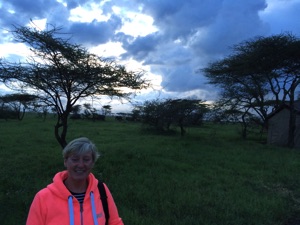
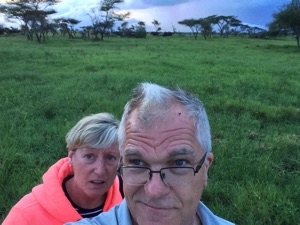
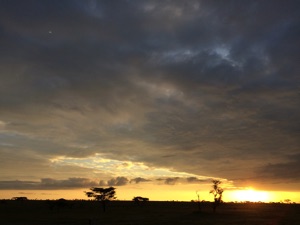
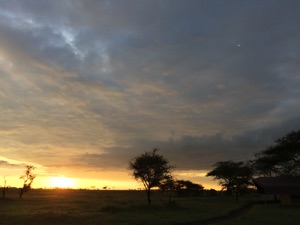
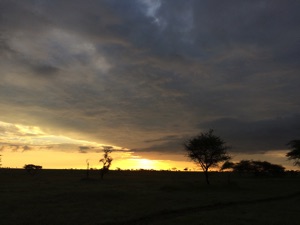
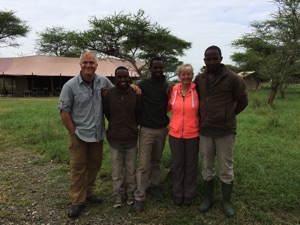
|
|---|---|
NgorongoroDescription here
|
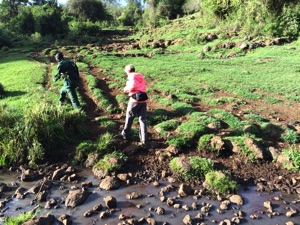
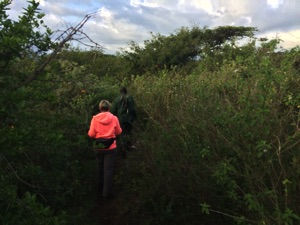
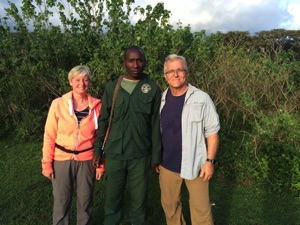
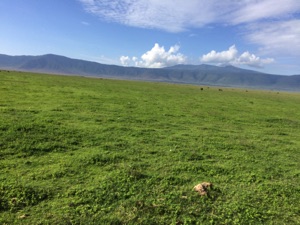
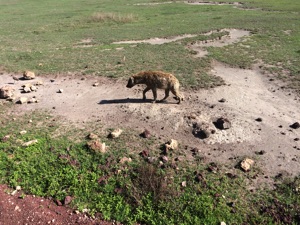
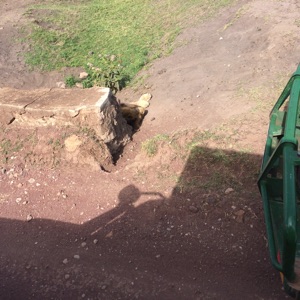
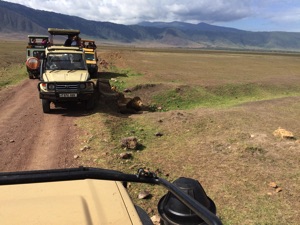
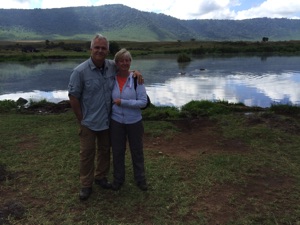
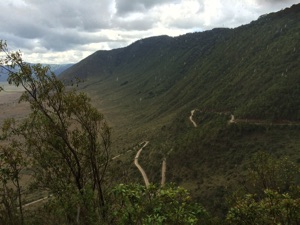
|
ZanzibarDescription here
|
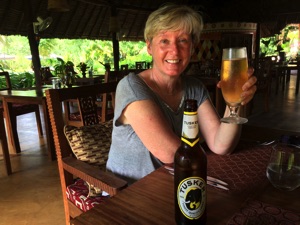
|
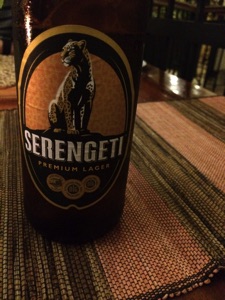
_t.jpg)
_t.jpg)
_t.jpg)
_t.jpg)
_t.jpg)